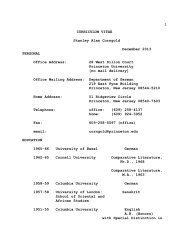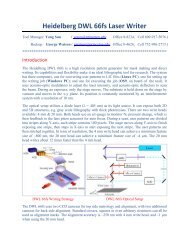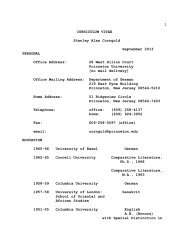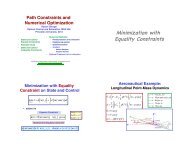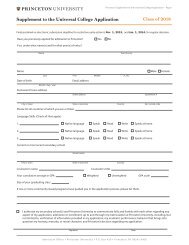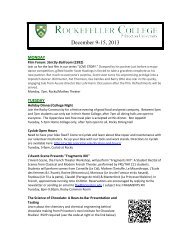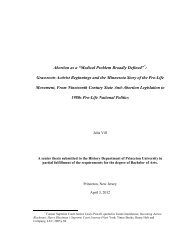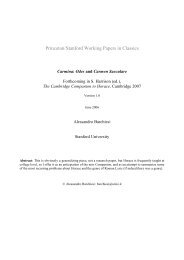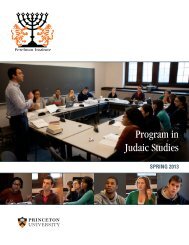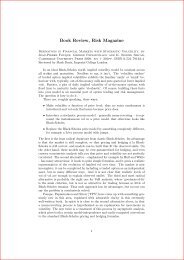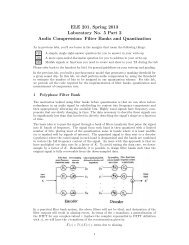Nuclear Forensics: Capabilities, Limits, and the - Princeton University
Nuclear Forensics: Capabilities, Limits, and the - Princeton University
Nuclear Forensics: Capabilities, Limits, and the - Princeton University
Create successful ePaper yourself
Turn your PDF publications into a flip-book with our unique Google optimized e-Paper software.
A. Glaser <strong>and</strong> T. Bielefeld, <strong>Nuclear</strong> <strong>Forensics</strong>: <strong>Capabilities</strong>, <strong>Limits</strong>, <strong>and</strong> <strong>the</strong> “CSI Effect,” Science <strong>and</strong> Global Security Conference, July 24, 2008, Cambridge, MA<br />
What is <strong>Nuclear</strong> <strong>Forensics</strong>?<br />
Pre-explosion vs Post-explosion <strong>Forensics</strong><br />
Analysis of <strong>the</strong> post-explosion debris is used to determine pre-explosion isotopics<br />
Type <strong>and</strong> “sophistication” of weapon design<br />
Most important (technical) difference: fewer signatures for post-explosion analysis<br />
No residual information on physical characteristics (e.g. morphology)<br />
Less/no information on trace elements<br />
<strong>Nuclear</strong> <strong>Forensics</strong> vs Attribution<br />
An attribution process, in which <strong>the</strong> origin or route of intercepted<br />
nuclear material is identified, combines <strong>the</strong> nuclear forensic analysis with<br />
law enforcement <strong>and</strong> intelligence data




